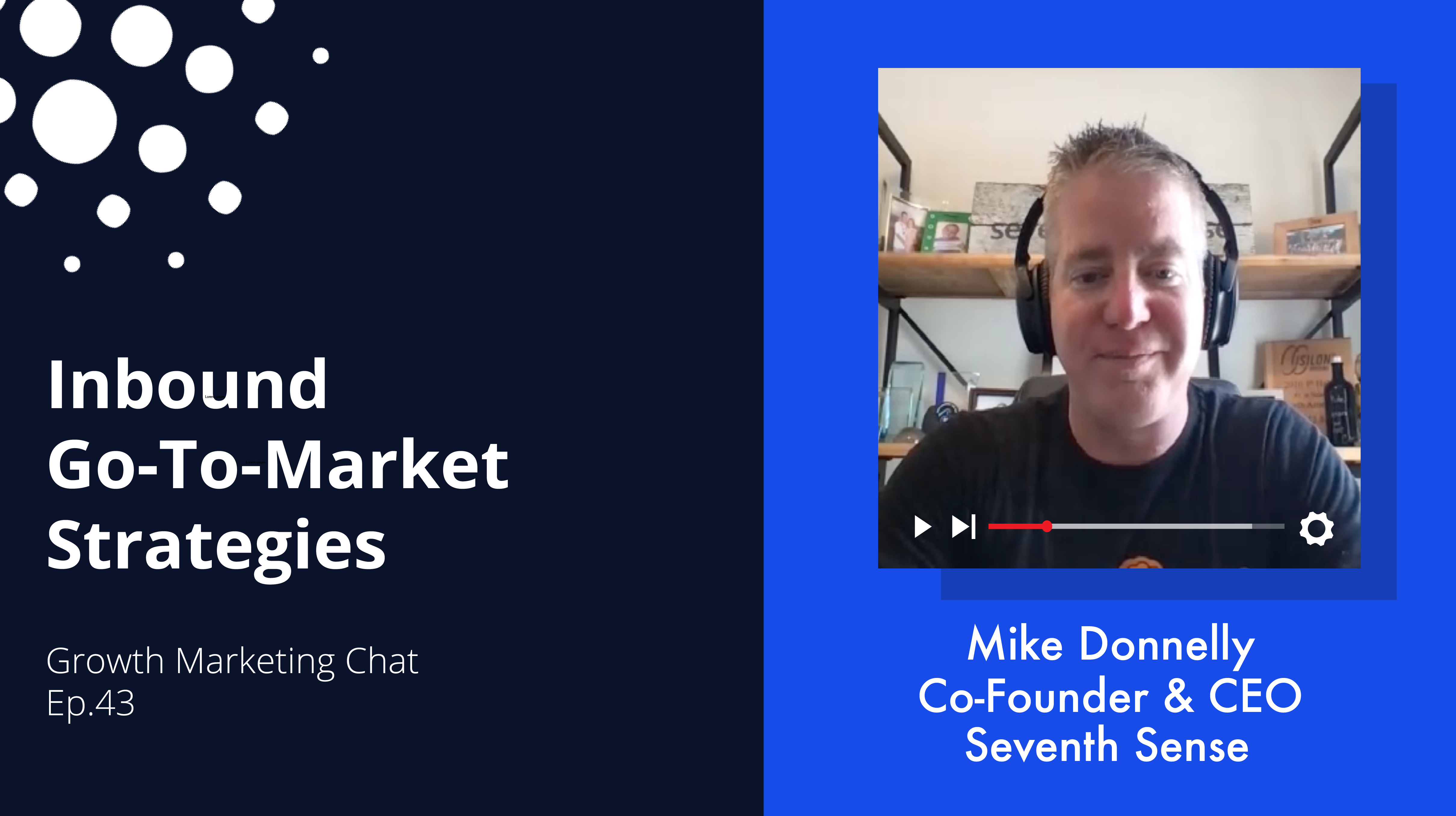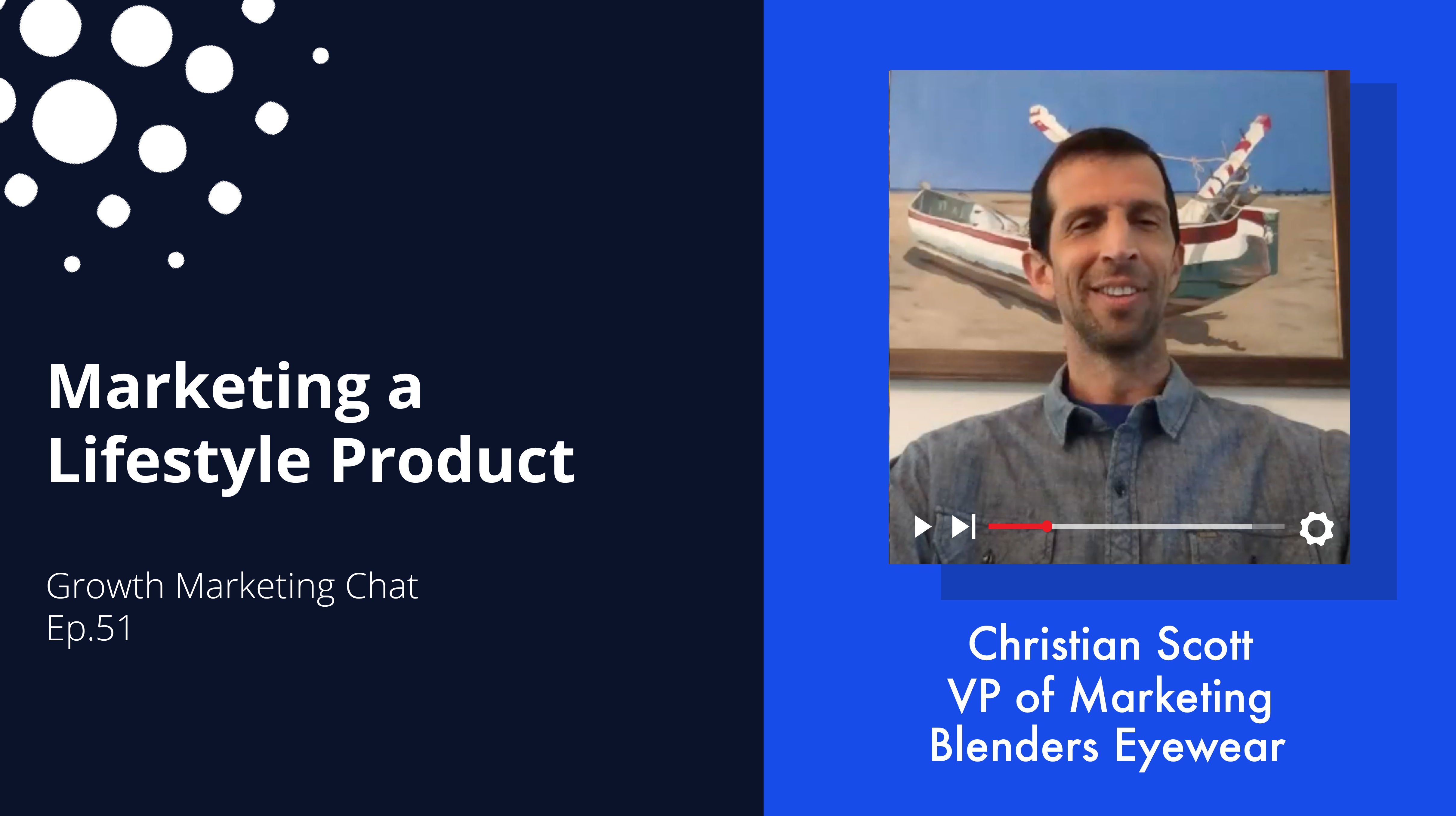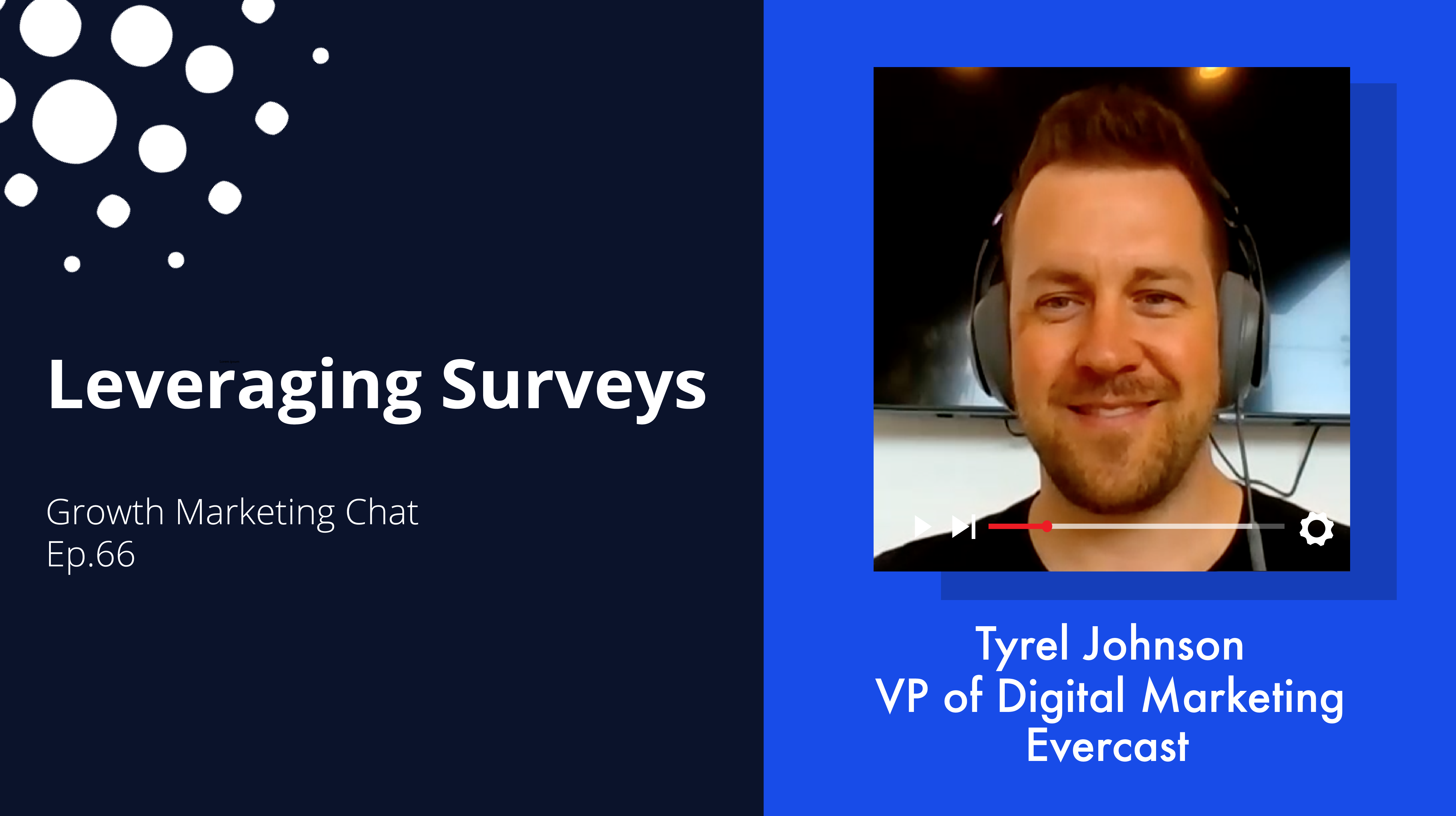For early-stage companies, it’s critical that the marketing team understands how to position the product, where to reach target audiences and which value propositions to highlight in content marketing.
But how do you gain this comprehensive understanding?
Start-up marketing takes a lot of research, of course, but also requires testing, testing and more testing.
Find Your Stride with a Start-Up Marketing Strategy
Alex Jivov, Co-Founder & CEO of Hopeful Inc. joined Growth Marketing Chat to walk our audience through how to create a go-to-market strategy at a start-up, making sure you’re being thoughtful and intentional every step of the way. He also dives into running experiments with your GTM strategy, including:
-
The importance of running experiments
-
Typical goals and expected outcomes
-
How to determine what to test and how long to run experiments
-
How to decide which resources to allocate to tests
Don’t miss out on Alex’s great advice, applicable to start-ups of any industry!
Video Transcript:
CAROLINE: Hi, welcome to Growth Marketing Chat. Today, I am here with Alex Jivov. Alex is the Co-Founder and CEO of Hopeful. Hopeful offers a SaaS platform for non-profits to tell more compelling stories and generate more funds. Alex, thank you so much for being with me today.
ALEX: Thank you so much for inviting me, Caroline. I’m excited to chat.
CAROLINE: Me too. So today we’re gonna talk about go-to-market strategy for early stage companies and we’re gonna talk about experimentation. So, my first question for you is, granted, you know a lot of early stage companies are gonna be limited in resources, whether it’s personnel or funding, right? And so, we’ve got to be very deliberate in our go-to-market strategies, right? So, what’s your approach to creating successful go-to-market strategies for your startup?
ALEX: Absolutely, well, Hopeful specifically we were really approaching a much more advanced niche in terms of technology for a fairly unsophisticated technological sector. The not-for-profit space is eager to have more technology but it’s something that’s still learning how to use it properly. So, we really had to approach it from a unique perspective. So, we really wanted to, instead of creating a go-to-market strategy from the front end and then actually developing it in the market, we went in the opposite direction. So, we spent our first year almost in stealth just having product market fit conversations with over 150 non-profits in the US and Canada and essentially included a go-to-market strategy line of questioning with our specific product market fit questions that we had.
So, we spent a lot more time on the front end identifying what is it that’s specifically gonna be needed in our potential product for our customers but how would they be most actively engaged with it? And how would they find it most easily? And that really hybrid approach let us grow very very quickly when we first released because it gave us a pretty good foundational go-to-market strategy, right out of the gates. That being said, with something we’re experimenting all the time in terms of how do you keep pushing the envelope on that go to market strategy. And that is a lot, I’m sure we will discuss further today on the experimentation side of things.
CAROLINE: Yeah, yeah so, I love this approach, right? A lot of research upfront to really understand your market and that influences both your product and your marketing and your yourselves, I imagine, right? The entire company.
ALEX: Exactly, so it’s really having to just do the work, having a lot of those conversations, and doing as much as humanly possible. So that’s always what I’m gonna be an advocate of regardless of what sector a founder may be in, but for us in particular is a much more important strategy to go with essentially, because we were going completely blinded into a sector that hadn’t really seen AI grow at a significant rate yet and was just at the start of using it for social media. So, we had to really blaze the trail on that research for other founders in the future too.
CAROLINE: Right, right, and so you mentioned experiments. Can you tell us more about how you’re using experiments when you go to market and why you do it?
ALEX: So, on the experiment side it’s something that we weren’t honestly that good at, at the beginning. For us we were primarily digital marketers, we were salespeople, and we were mainly technology people, but we really didn’t have someone on the founding team that was really quite a product person a person specifically who had been creating experiments and running experiments before. So as a result of that, what we wanted to specifically do is, at first, we would try to create too many experiments at once, but we didn’t really have the resources to go with them properly, so we risked spreading ourselves then.
Now what we do, and this was one of our biggest changes that made us successful is really doing an all in approach an all in approach to what your experiments look like and especially what the length of time is. So rather than doing an experiment for a week or two essentially going all in on a large part of the business in terms of experimenting on it for a month to two months. Now, that’s something since we’re still a fairly young company we’ve only done several of those, but we found that lets you be much more focused as a team in terms of exactly where everyone needs to work, what resources are needed for them the ability to plan ahead. So as a result of that we’ve been much more successful that way. And it’s something that I don’t see mentioned very often in the whole founder space in general in the entrepreneurial space is being able to do those long-term experiments.
CAROLINE: I mean, it’s hard, right? Because you have business goals and they are like usually very timely, right? We don’t have necessarily a lot of time to get to them. And you also probably get advice from all different directions and committing to an experiment and not being, like, distracted and wanting to do too much. It requires a lot of focus, right?
ALEX: Exactly, so being able to say essentially set things up have a week of setup time or more, depending on how extreme you wanna get with the experiments rather than just thinking of something off the cuff is something that allows for a lot more strategic pivoting that might happen in the early days of a company. But that’s not to say precluding, small experiments at all. We still do very small experiments, but these are very micro things that can be done by one or two people on the team without large investment from the rest of the team. Because the more people that are involved in a micro experiment rather than a larger one the bigger chance that you’re gonna start introducing variables that you might not recognize and that’s really gonna cause, it’s gonna cause issues all up and down the organization.
CAROLINE: Okay, so that brings another question. How do you choose the experiments you’re gonna run? Because if you’re running them for one to two months and a lot of your large part of your team is involved that reduces how many you can do, right? So how do you select which ones you’re gonna actually test?
ALEX: Well, it’s how you would choose experiments generally, right? You look at the problems and then you look at how, what the solutions are. For us we essentially tried to bundle together problems and experiments as much as possible. So, what are the existing problems within our pricing strategy? What are the existing problems within our go-to-market as it stands today? Get as many of those issues as possible put them in a Google Doc, discuss with the team. You start developing themes of what your problems are. And then when you have those kinds of dramatic views of or for example, your pricing might be too low but we’re having trouble getting reliable data on how to raise it.
Just as an example that’s something that I’ve seen happen before with other companies quite commonly then you can essentially say, okay so the theme is your low pricing. What is it that we can do specifically on a pricing fraud or anything relating to distribution pricing strategy within a grand experiment? So essentially you create these themes of what the issues are with the organizations, you rank them. That’s from a qualitative, that’s a much more qualitative rather than quantitative assessment of what the biggest problems are but whatever your number one is if it’s your number one problem that it’s worth allocating that one month to two months at a time.
CAROLINE: Yeah, great well, that’s amazing advice and definitely would help bring some focus to start-up companies, which is always really, really hard. So yeah. Thank you so much for sharing, Alex. It was a great.
ALEX: Absolutely. Thank you so much for having me, Caroline.





